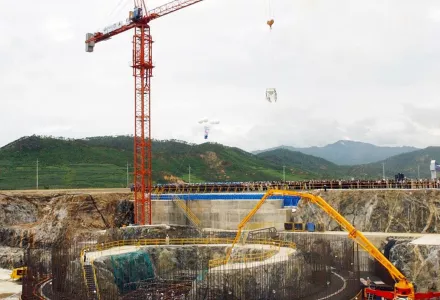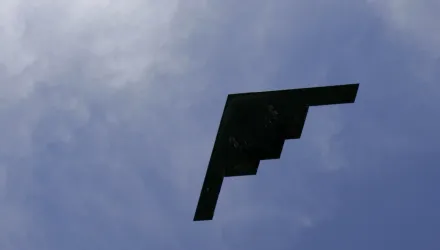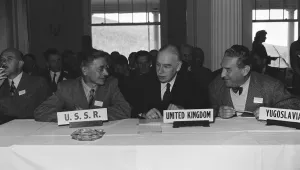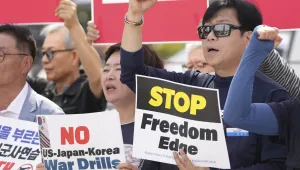International Security is America's leading peer-reviewed journal of security affairs.

Summary
The 1994 Agreed Framework called for North Korea to dismantle its plutonium-production complex in exchange for civilian light water reactors (LWRs) and the promise of political normalization with the United States. Today, scholars look back at the Agreed Framework as a U.S. offer of “carrots” to bribe the regime, but this framing overlooks the credibility challenges of normalization and the distinctive technical challenges of building LWRs in North Korea. Political and technical analysis reveals how the LWR project helped build credibility for the political changes promised in the Agreed Framework.
Christopher Lawrence, "Normalization by Other Means—Technological Infrastructure and Political Commitment in the North Korean Nuclear Crisis," International Security, Vol. 45, No. 1 (Summer 2020): 9-50, https://doi.org/10.1162/isec_a_00385.





